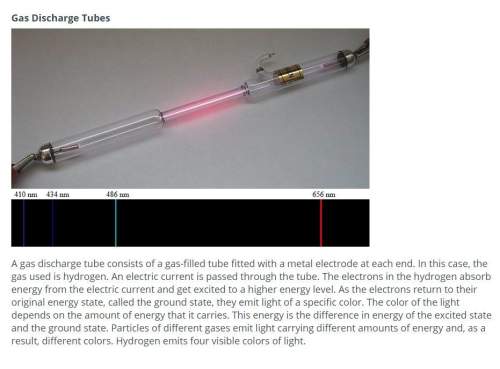
Chemistry, 01.10.2019 22:30 zasxdcfvg5868
Q1: recall all the models (dalton's atomic model, thomson's atomic model, rutherford's atomic model, and bohr's atomic model) you described in task 1. think about the results each model would predict for rutherford’s experiment. which atomic models does rutherford’s experimental evidence support? explain why these models are compatible with the experimental results.
q2: which models of the atom from task 1(dalton's atomic model, thomson's atomic model, rutherford's atomic model, and bohr's atomic model) are not supported by rutherford’s experimental evidence? for each of these models, explain the experimental results that the model would predict.
q3: recall all the models you described in task 1(dalton's atomic model, thomson's atomic model, rutherford's atomic model, and bohr's atomic model). think about the results each model would predict for the experiment with hydrogen gas. which models of the atom does the experimental evidence support? explain why these models are compatible with the experimental results.
q4: which models of the atom in task 1 (dalton's atomic model, thomson's atomic model, rutherford's atomic model, and bohr's atomic model) are not supported by the results of the hydrogen gas experiment? for each of these models, explain the experimental results that the model would predict.
photo of the experiment


Answers: 3


Other questions on the subject: Chemistry

Chemistry, 21.06.2019 22:20, emilyborland50
Which of the following statements is false regarding aromaticity? a. the compound must be cyclic b. the compound must be fully conjugated c. the compound must be planar d. the number of electrons in the pi system must satisfy the hückel 4n+2 rule e. the compound must have a neutral charge
Answers: 2


Chemistry, 22.06.2019 15:30, neariah24
Plz me ! 1 which of earths spheres contains most of its mass? a atmosphere b hydrosphere c geosphere* d biosphere 2 erosion and weathering are examples of which types of forces? a constructive forces b destructive forces* c gravitational forces d inertia-related forces 3 which of the following statements about earths atmosphere is true? a earths atmosphere contains 78% water vapor which is essentail to life b earths atmosphere contains 21% oxygen c earths atmosphere contains carbon dioxide which all life forms require d earths atmosphere allows radiation from the sun to pass through it and warm earths surface* 4 the strenght of the force of gravity between two objects is determined by which of the following factors? select all that apply a the messes of the objects* b the distance between the objects* c the volumes of the objects d the surface area of the objects 5 earth and moon are kept in there respective orbits due to the influence of a inertia b gravity c gravity and inertia* d neither gravity or inertia if you answer all questions right i will give
Answers: 1

Chemistry, 22.06.2019 18:00, rodriguezscarlet1713
Hydrogenation reactions, in which h2 and an "unsaturated" organic compound combine, are used in the food, fuel, and polymer industries. in the simplest case, ethene (c2h4) and h2 form ethane (c2h6). if 140 kj is given off per mole of c2h4 reacting, how much heat (in mj) is released when 12 kg of c2h6 forms?
Answers: 2
You know the right answer?
Q1: recall all the models (dalton's atomic model, thomson's atomic model, rutherford's atomic model...
Questions in other subjects:

Health, 04.11.2019 22:31



Engineering, 04.11.2019 23:31


Mathematics, 04.11.2019 23:31




Mathematics, 04.11.2019 23:31



